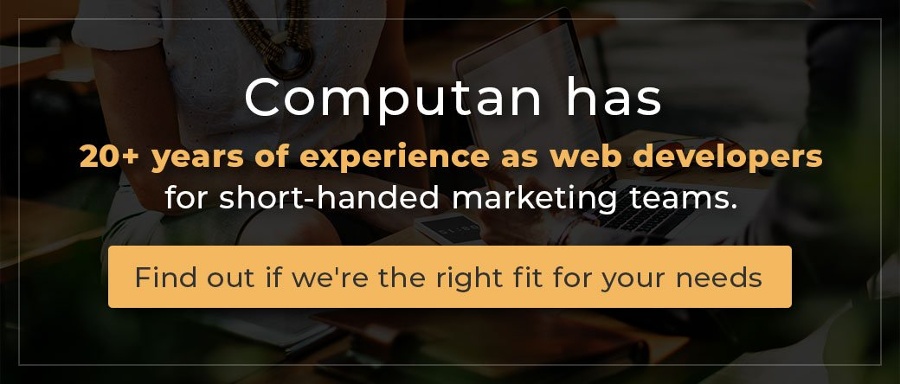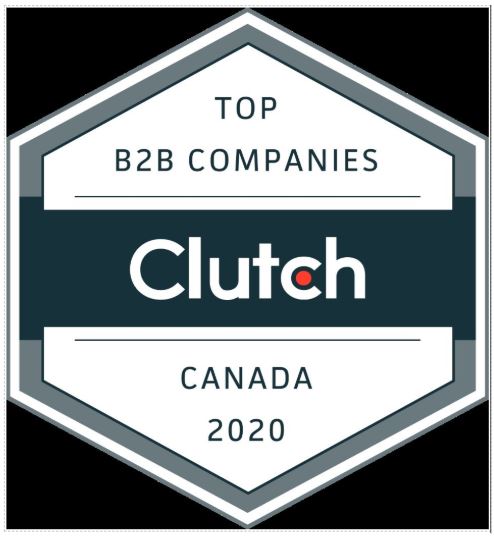Optimization of a website for better ranking in search engines and visibility is called Search Engine Optimization. But that doesn’t promise lead generation. Optimizing the website for lead generation is a whole new ball game. Let’s coin the term for that today, LGO – Lead Generation Optimization, which focuses on elements we put in a webpage, tweaks, and changes we do for better lead generation from the websites.
See HubSpot’s basic lead generation cycle. SEO covers the ‘Attract’ stage. But, it’s the ‘Convert’ stage elements that optimize your web pages for better lead generation. And, you apply those on the most visited pages of your websites for best results.
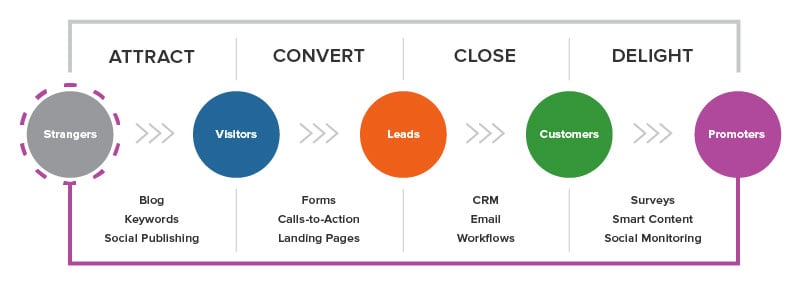
The newer Flywheel model combines the ‘Convert’ and ‘Close’ stages as Engagement Stage
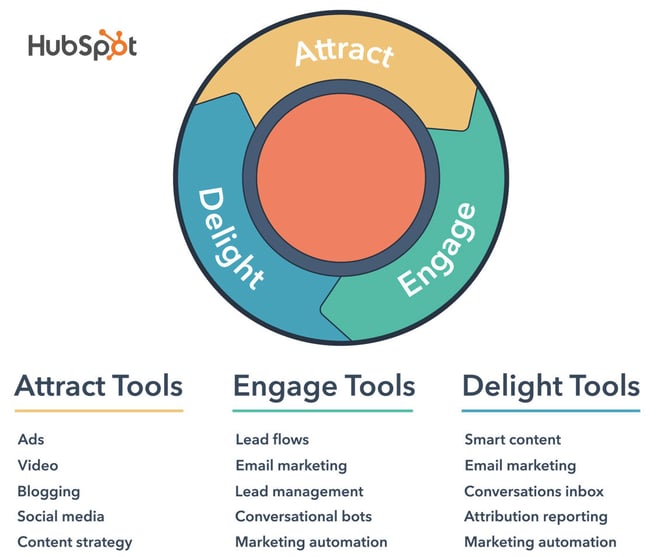
As per this model, content strategy on your website and lead flow all contribute to your LGO – Lead Generation Optimization.
Looks easy, right? Well, it is easier said than being done because you are not the only one doing it. Your target audience isn’t visiting only your lead generating landing page with the gated content.
The “Good ’ol” Gated Content
Any content asset that requires users to fill out their email address or a form to access content is known as gated content. It is an integral part of the on-page content strategy. It could be a blog, an ebook, whitepaper, datasheet, infographic, research reports and case studies among other assets. Having said that, the core of these content assets is the value you create in it for the users. These are not your regular content pieces. These are high-value content pieces that focus on a specific stage of the buyer’s journey.
The strategy of using gated content assets is being shamelessly rubbed by the marketers in their lusty quest of acquiring leads. They are gating every content module out there for every stage in the buyer’s journey. And, at the end of the campaign, the fall in the conversion rate is obvious.
The top 10% performing popups have a 9.3% conversion rate. And, the average is 3.1%
- sumo
Top 10% performing landing pages have an 11.45% conversion rate. And, the average is 2.5%
You create gated content as you go deep or down in your sales funnel. It is a bad idea to gate the content for the first stage users/buyers. There might just be a content writer doing research and downloaded your ebook to study further for the blog. That writer is not your customer. Hence, you see the decline in your conversion rate.
If you search the best lead generating tips for 2020, you will already find more than 2020 blogs on the same topic talking about the same thing differently. You can’t gate such content.
- Users generally give email addresses to credible sources only.
- There are plenty of sources out there offering the same information without asking anything in return from the user.
- You’ll lose credibility for future posts.
- Even if a user fills the form to read that post, the vastness of the topic doesn’t establish the user as MQL (Marketing Qualified Lead), forget about it being an SQL (Sales Qualified Lead)
Dos and Don’ts of Gating the Content
- Do gate the content if your company has done a survey, conducted independent research, or established a study report.
- Do no gate the content if it is just paraphrased versions of what other websites have written.
- Do gate the content if you are offering a practical solution or a free sample such as a free template or a free theme built by your in-house team.
- Do not gate the content if it doesn’t answer the specific answer the prospect is looking for.
- Do gate the content if you are offering a special offer to chosen subscribers only.
HubSpot beautifully outlines how you should decide which content is to gate and which one to keep available for the visitors.
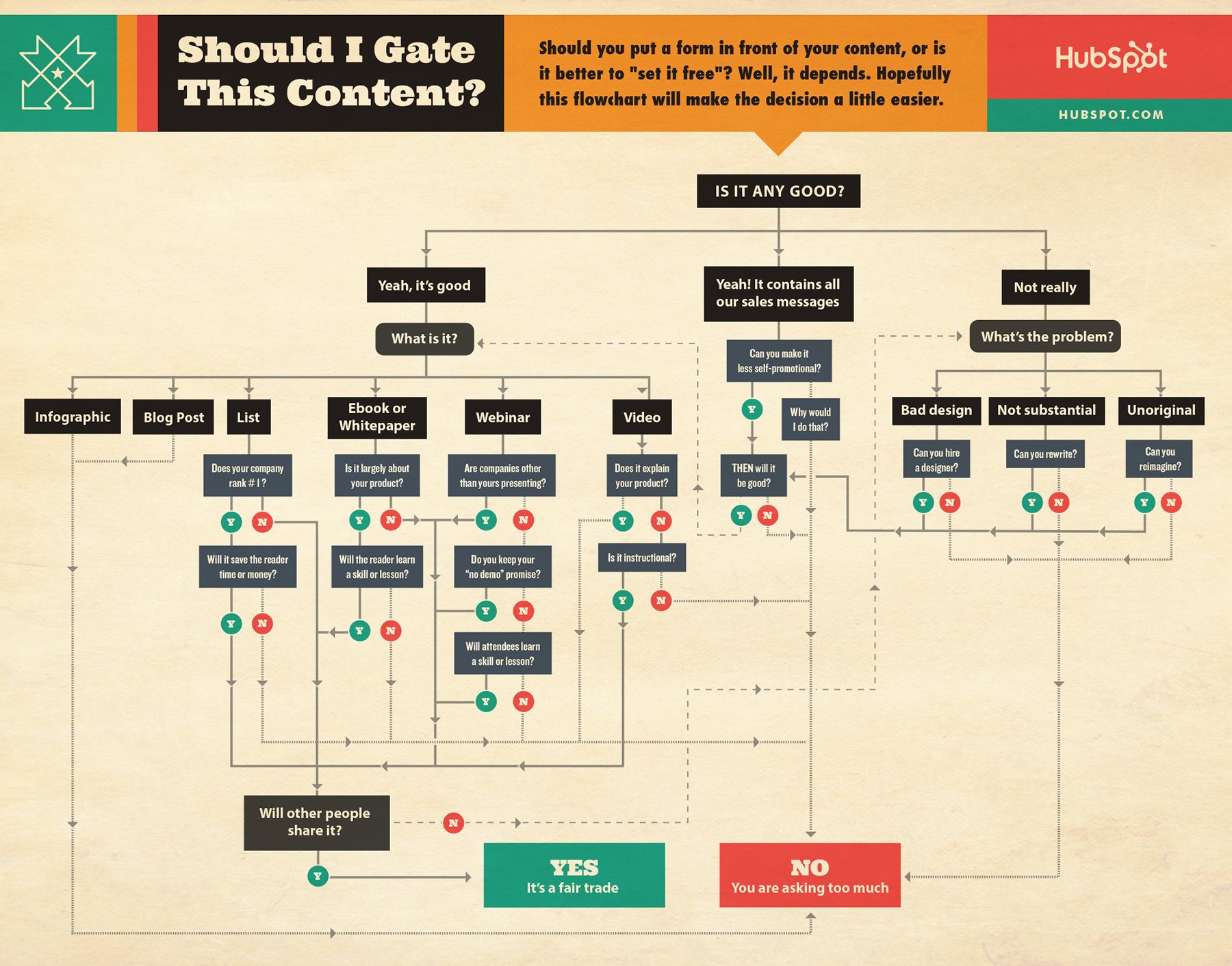
Read more on Should I Gate This Content Flowchart
Using Interactive Games and Tools to Generate Leads
Computan took an untraditional approach toward lead magnets by developing interactive games and assessment tools for websites to grab visitor’s attention.
Here’s one assessment tool developed for Stratix. The screenshots are in the order as the user clicks on the ‘Next’ button.
Stratix Assessment Tool contains 6 questions and a form in the seventh slide The questions are on organization’s process, factors affecting mobile technology selection and implementations, level of optimizations in the technology among others (the questions in the below slider have been blurred)
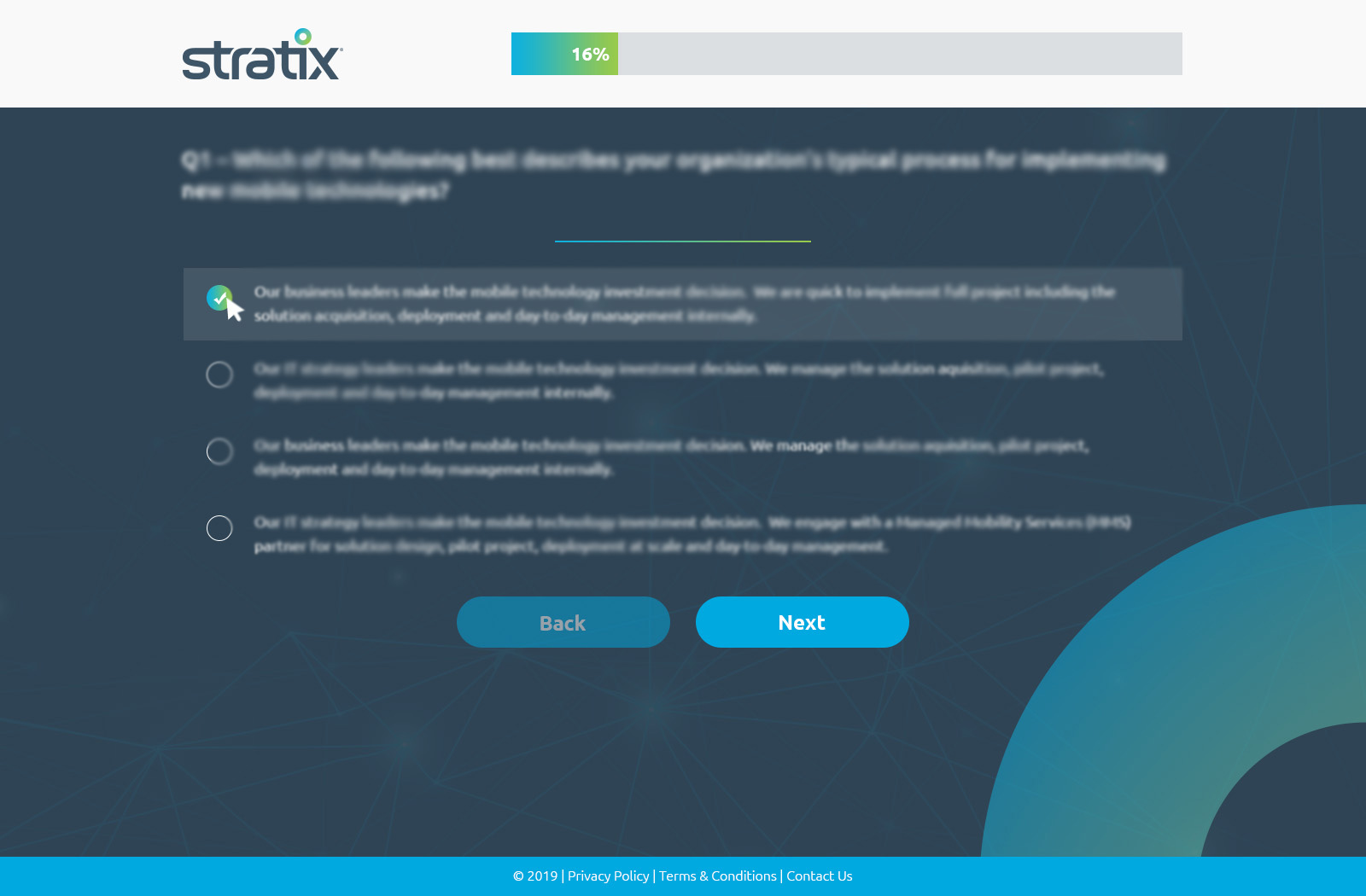
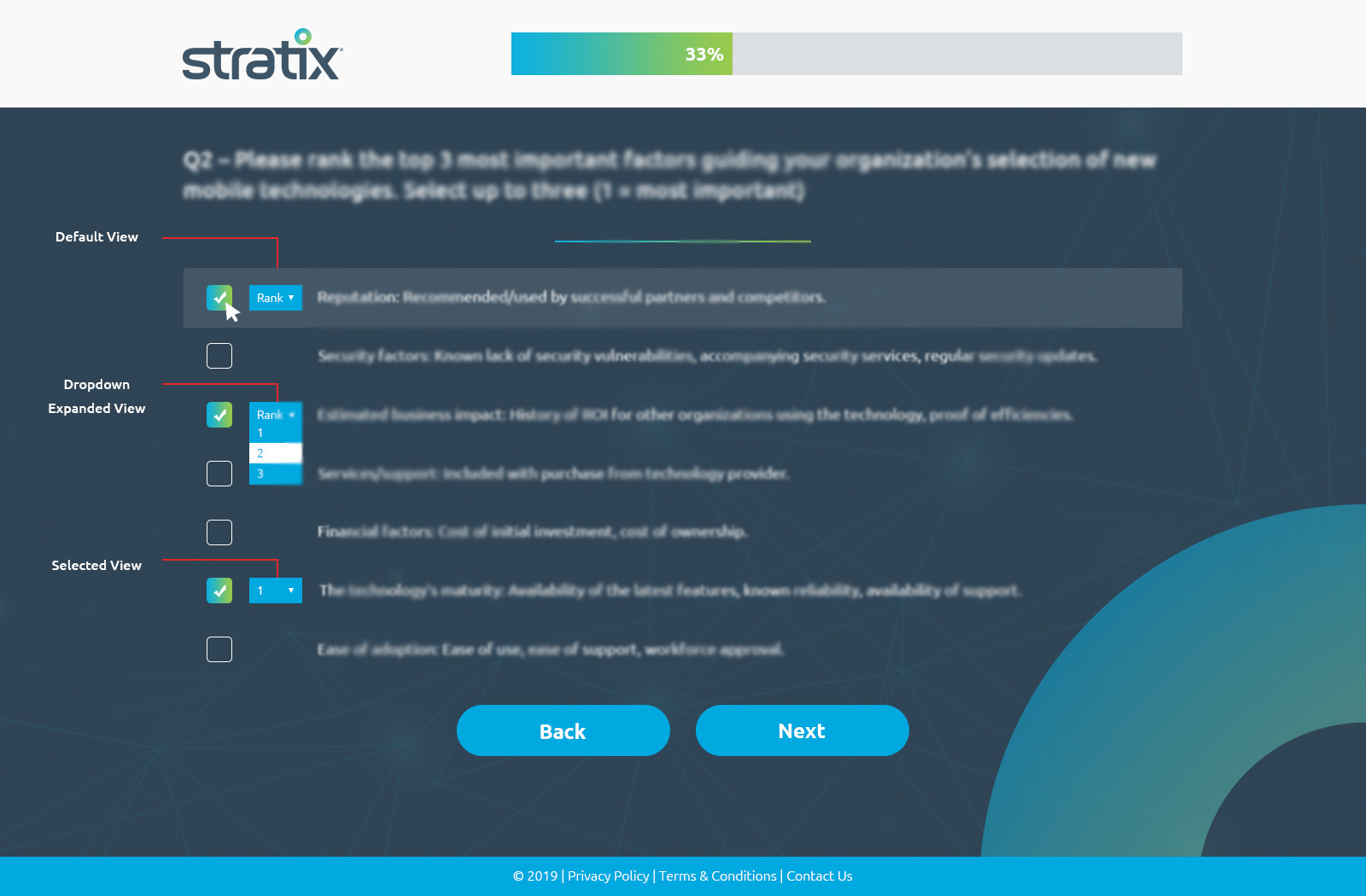
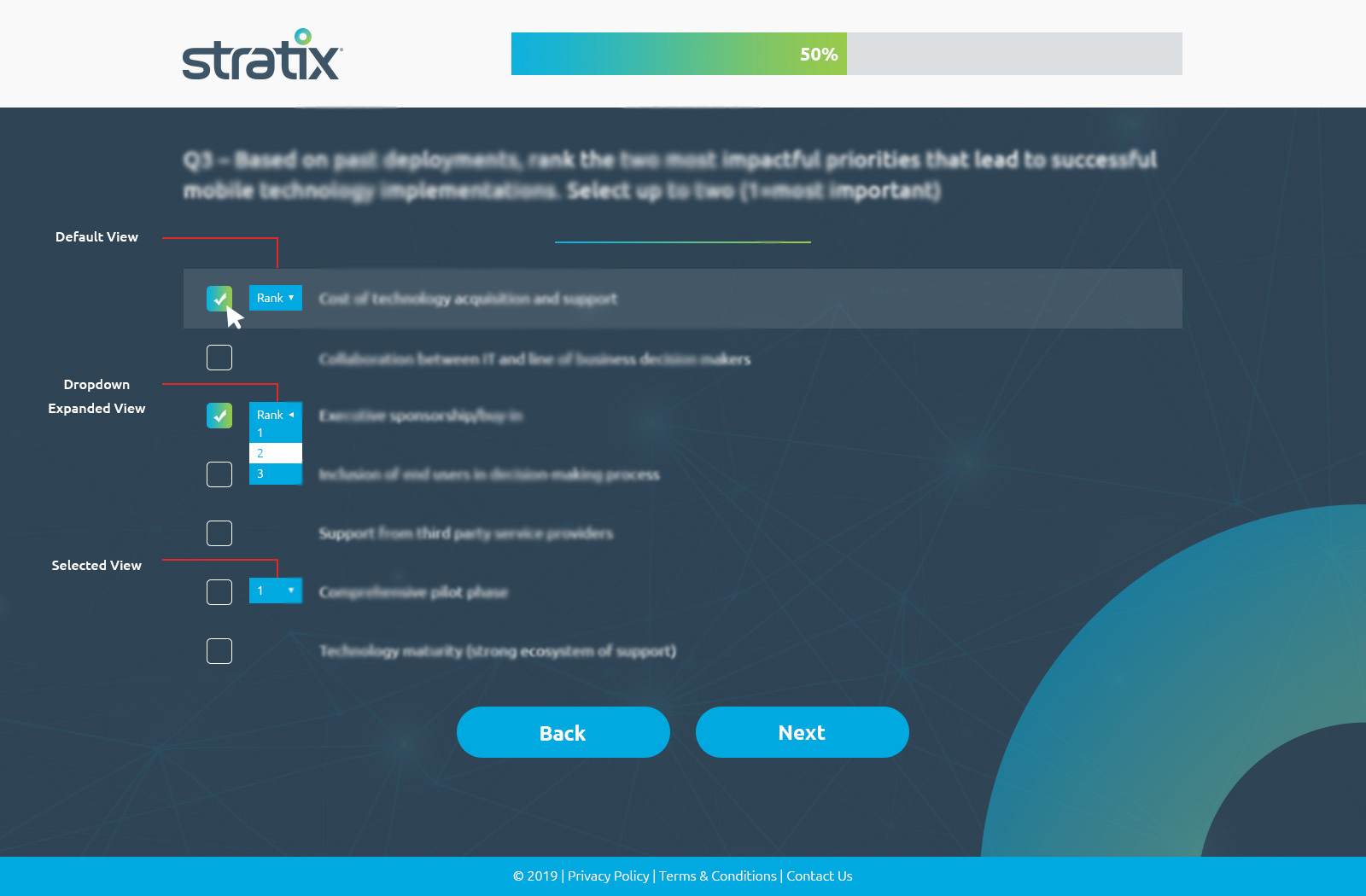
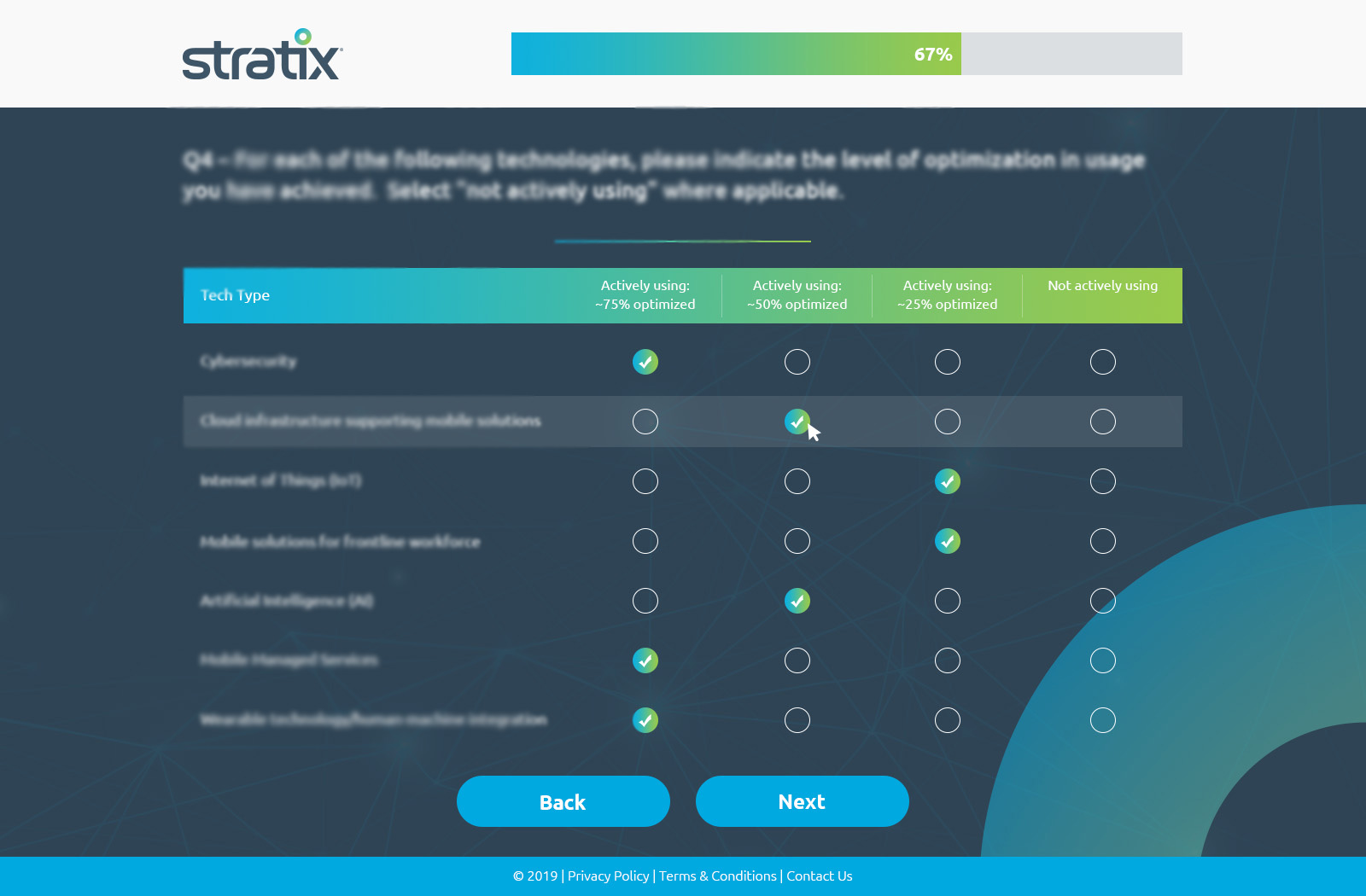
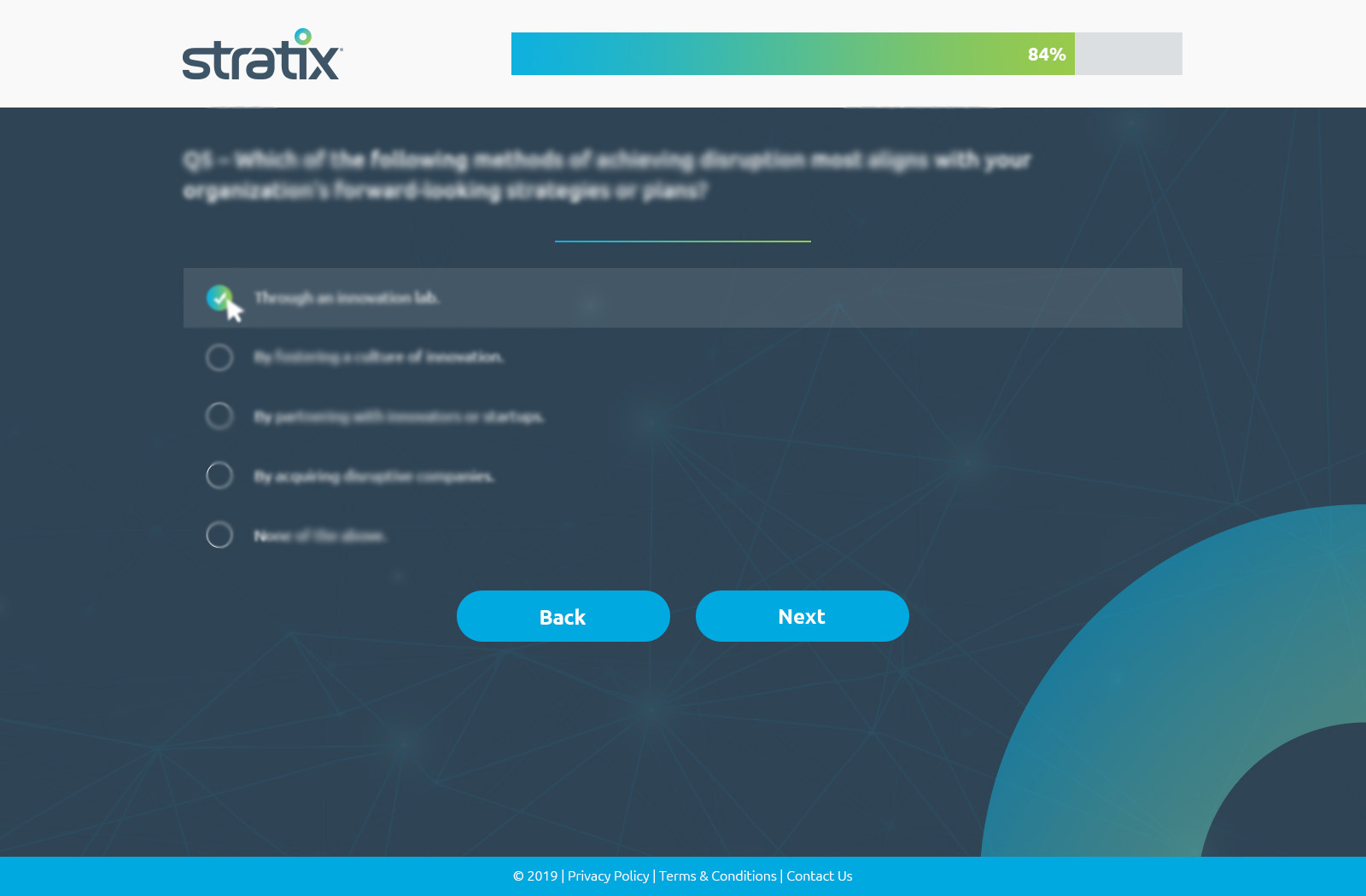
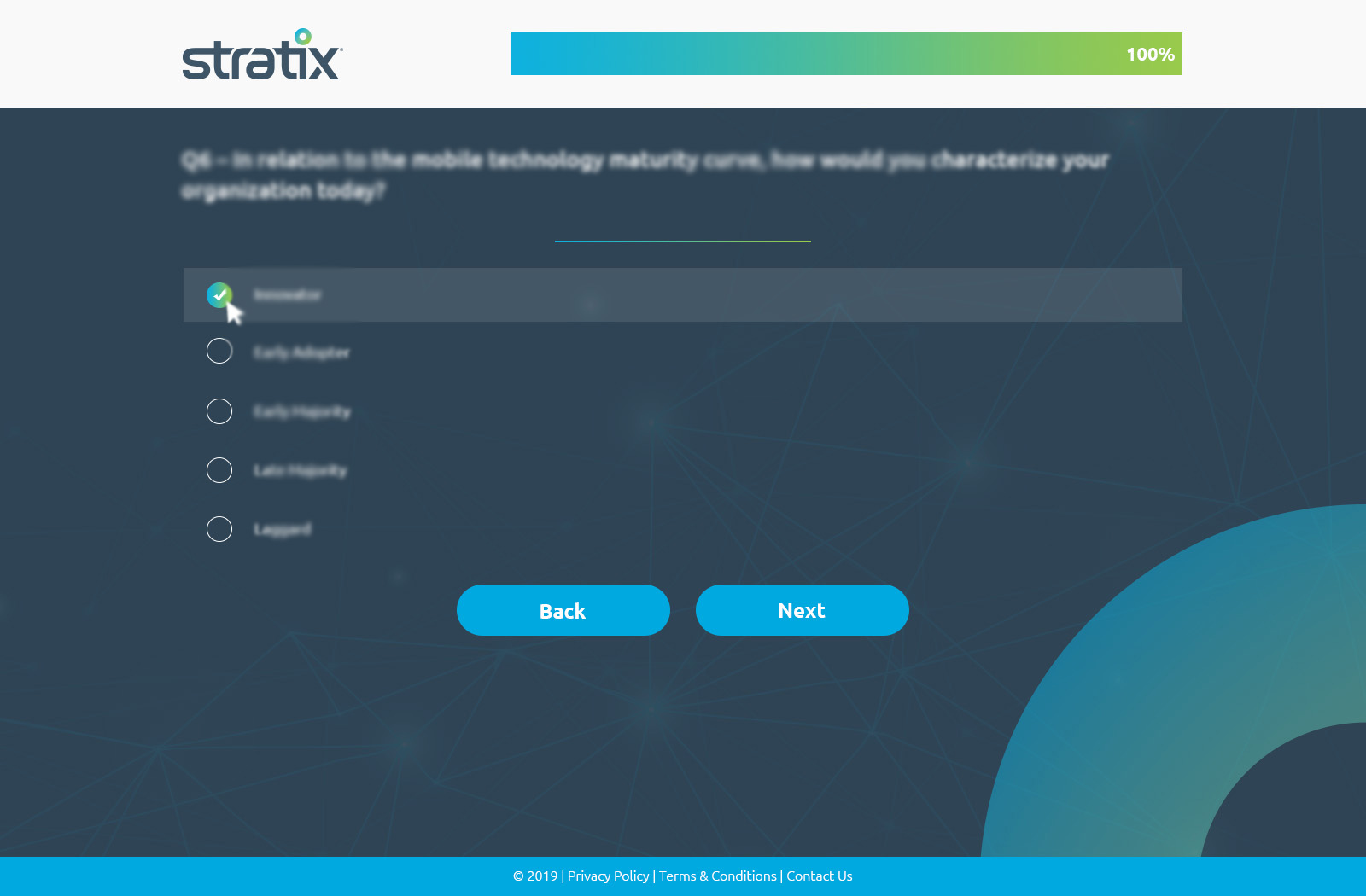
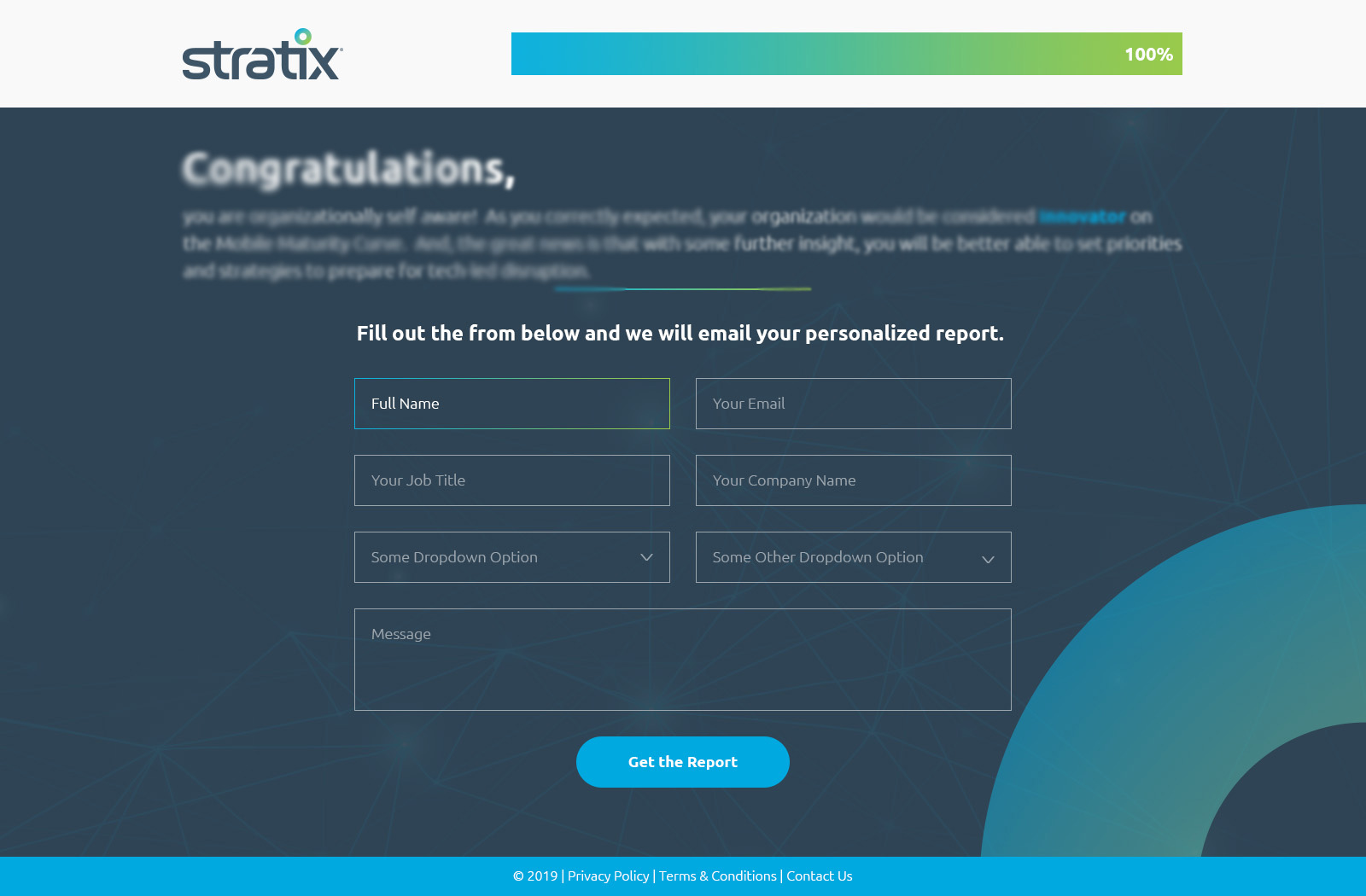
- This online assessment tool reduces administrative burden
- An immediate and accurate understanding of the organization’s requirements prepares the team to act accordingly.
- Assessment is offered to the worldwide website visitors, hence the scalability.
- Clear Reporting and cost-effective as it is one-time implantation.
- Covers industry-related customer-centric topics
Here’s another approach that Computan followed in lead generating elements. Computan developer a VR game this time.
The game was built for a client who sells water meters. It is a race between the player and the animals seen on screen. Task is to find and save the water meters. Here are the screenshots from the game itself.





Such games increase the attention span of the visitor. Other elements other than games that you can keep on the webpage are short and interesting quizzes, online calculators, file conversion provisions, download the template for your use, etc. All these elements either generate interest or offer a value-added solution.
If you are selling a product with add-ons, you can offer an online calculator to display different prices of the product.
You can add a knowledge-base quiz, personality finder quiz, and match-making quiz among other ideas.
You might have seen popups and offers even when you open a website for the very first time. It asks you to either subscribe or take the offer. This strategy works well when you have an established brand. However, if you are new in the industry, no one’s going to trust you with their email address right when they first visit your website. A relationship between the customer and the brand has to be build first. That’s why the gated content is suggested at the later stage of the sales cycle.
A decade ago, having a ‘Subscribe’ button or ‘Leave a Comment’ under the blog section did a pretty decent job at capturing leads. Things have changed now. With so many options and so little attention span, the idea of lead generation you thought worked well last year might be outdated this year in this ever-evolving field of marketing.
How Does the Future of Lead Generating Elements Look Like?
The future of Lead Generation is heavily inclined ton AI - Artificial Intelligence, AR - Augmented Reality, and VR – Virtual Reality.
AI-powered chatbots, VR powered experiences on websites (especially on real estate websites that allow people to view the property sitting at home), and AR-powered eyewear websites that allow you see how you look in particular pair of glasses before you buy it, these evolutions are already up and running.
We are just waiting for the marketers to realize the future of Lead Generation and its technological requirements meeting their business needs and marketing goals.
Add-on free products is another way that is catching the pace in lead generation.
For Example, A company that sells drumsticks that help the drummers improve the speed may offer a free Fitbit app to evaluate the drummer’s speed. After the evaluation, the app pitches its products to improve the speed.
Live Example, Ultiamte-guitar.com offers a free guitar tuner app. And, they sell guitar lessons through the same app. But they obviously promote the app as a free guitar tuner app.
Instead of giving sample guitar lessons for free, Ultimate Guitar offered way more through their app via a free account. And, with the Pro account, they added all the paid features.
Even on the website, they offered their visitors to have personalized experienced by asking relevant questions based on their favorite guitar, their skill level among others and then the signup option.
Previously, the major portion in the lead generation was covered by free informational content such as eBooks, whitepapers, datasheets, etc. The cost was just an email address. With the changing trends and buying habits of the consumers, the freebies took the shape of free services/products that adds value to user’s overall experience. The core idea remains the same. Offer something valuable to the consumers so they get connected with the brand first.
You need more than content marketers and designers to build your stack of lead magnets. Developers play a major role in building an effective lead magnet for your website.

